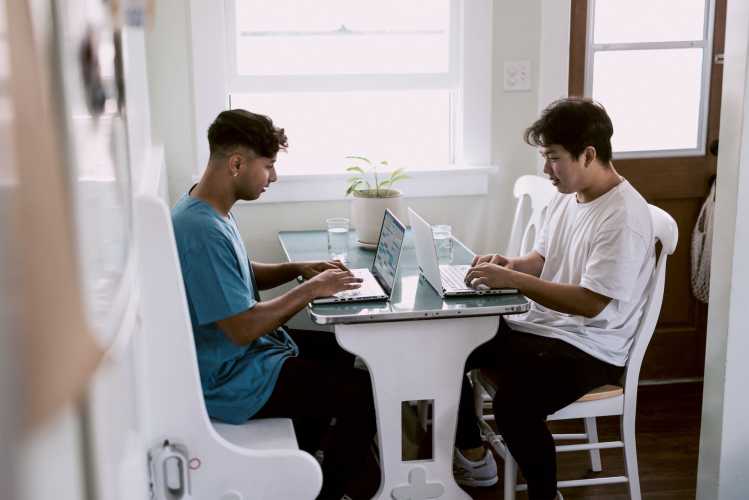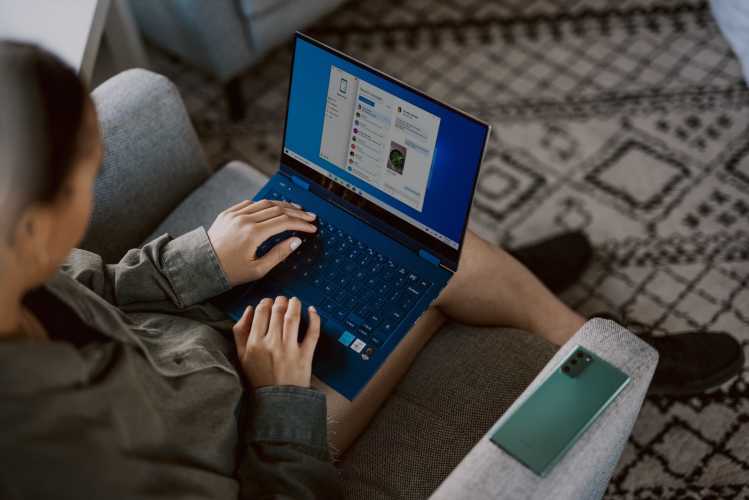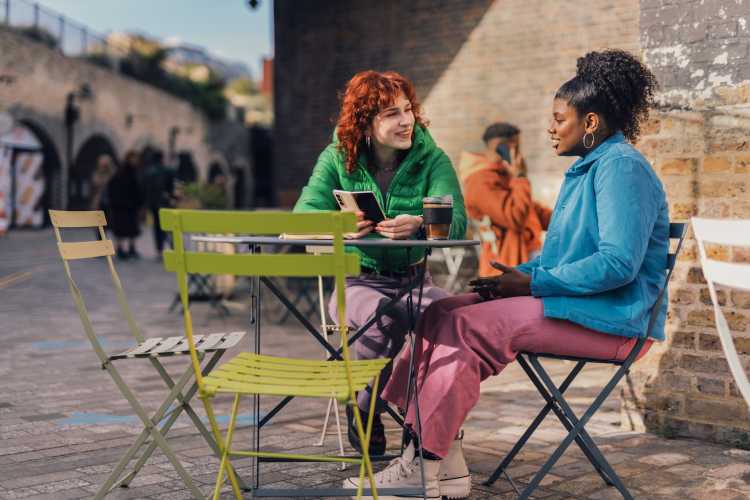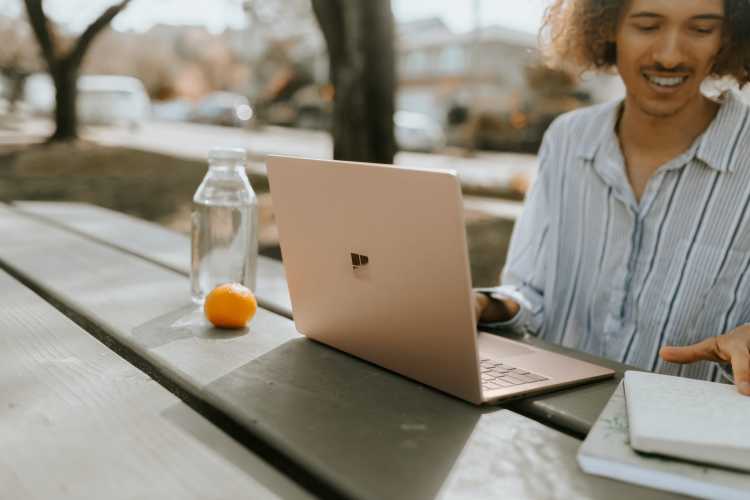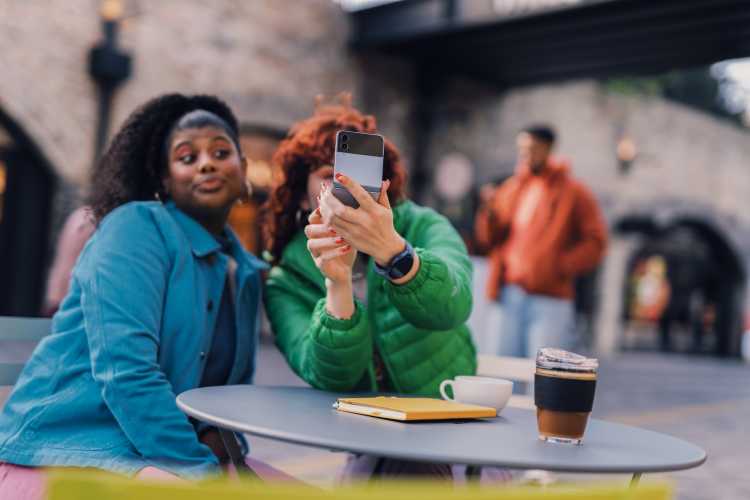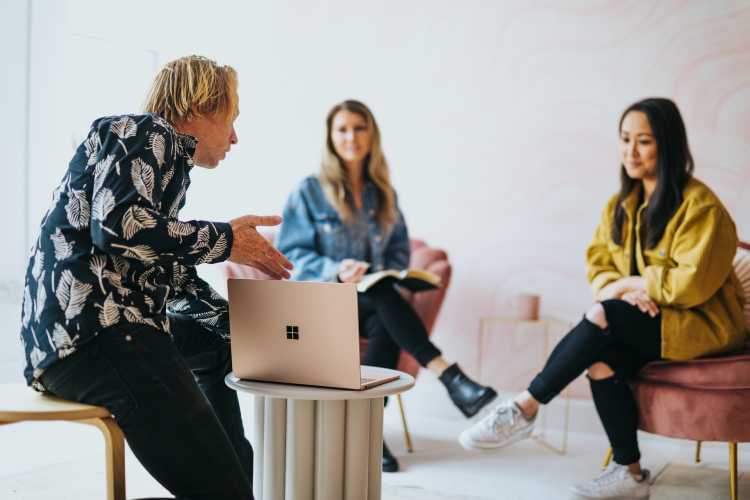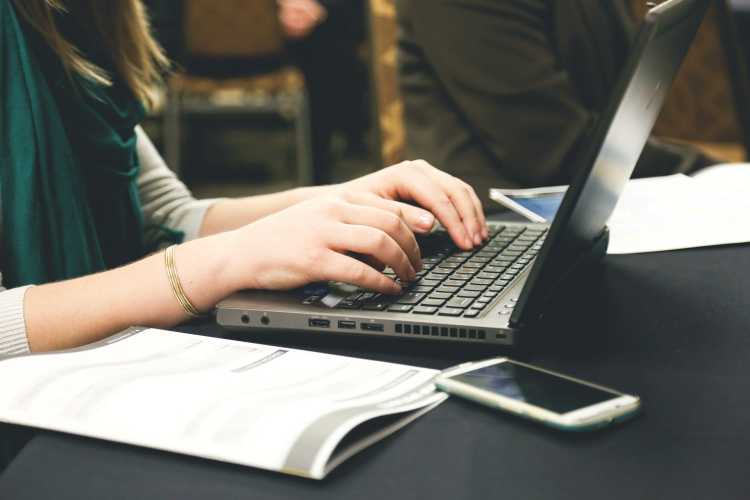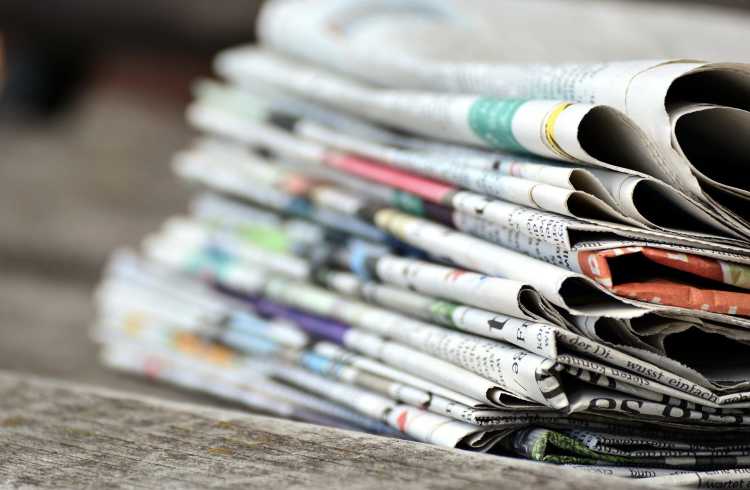Communities & Memberships
How to Build a Paid Community (6 Secrets for $100,000/mo in 2025)
We analyzed a set of top revenue-producing paid communities. And found 6 key factors that will help you grow your paid community to +$100,000 per month in membership revenue.
Author
Mighty Team
Last Updated
October 10, 2025

Table of Contents
The fickle algorithms and toxicity of major social networks have pushed millions of creators and brands to build their own online communities using online community management software tools.
This has created a rich universe of independent online communities covering every topic you could possibly imagine.
We’ve worked with hundreds of elite entrepreneurs, global brands, and successful creators over the years. And we've noticed patterns in the highest-earning communities.
We see what flops. We see what grows. And we see the communities that earn their founders millions in recurring revenue.
For this article, we analyzed 10 communities making $100,000 per month using anonymized data from the top revenue-generating communities hosted on Mighty Networks and our premium-level plan Mighty Pro. We also looked at a few examples of other successful paid communities for a broader perspective beyond our own data.
In this article, we’ll break down the data and show you what it teaches about how to build a paid community.
This article offers an analysis of a few traits that successful paid communities often share. (Here’s oura step-by-step guide to building an online community if you’re just starting out).

How to build a paid community
1. Focus on high-value members
From Instagram Subscriptions to YouTube Channel Memberships to Patreon monthly memberships, it's easy for anyone with a decent social following to flip a button and start offering fans a monthly content subscription.
These membership tools can help a creator pay a few bills. But they offer a watered-down idea of what membership really means.
A true membership isn't about unlocking premium content.
It's about the people inside—the connections, the insider info they have about a particular topic, and the status of being a part of it all—that counts most.
Consider the super elite online community, Tiger 21. This is an exclusive peer membership group of high-net-worth entrepreneurs, investors & executives. The founders of Tiger 21 pull in an estimated $40M in yearly membership revenue from only 1,200 members.
With Tiger 21, you don't unlock a bunch of content. You unlock the doors to an elite room. To be considered for Tiger 21, you need to meet the specific quantitative requirement of a minimum of $20M in investable assets. And pay a $30,000 yearly membership. And just having $20M in assets does not automatically guarantee admittance.
You also must be willing to share how you are investing your money in group sessions. Vulnerability. Teaching.
It's not about content. Or special online courses. Or exclusive events.
It's about the rare knowledge that is only unlocked with a community that is organized around a specific result members are trying to achieve. The value comes from members sharing their stories, experiences, and ideas with each other.
As Shaan Puri explained on an episode of My First Million, paid communities like Tiger 21 get what memberships are about.
Getting this right is the difference between earning a few thousand bucks a month from a paid Facebook Group or Patreon community and building a multi-million dollar business.
You might not have the clout to start a paid community for ultra-wealthy investors. But you can do simple things to attract valuable members.
Again Shaan Puri had a great example here. He started a paid community for ecommerce store owners. But as a requirement for entry, he made every member send him a screenshot to verify that their online stores earned at least $1M per year in revenue.
This simple barrier increased the value of the membership. While his community is small (around 70 members), it's elite and valuable. This is way more valuable than an ecommerce community with thousands of people with little clue about how to sell products.
It's also valuable for Shaan to run.
Another way to attract valuable members is to focus on a specific job title. This creates an automatic (and equitable) gate. If you don't have the job title, you can't join. And makes the community instantly valuable.
It's really hard to fail with a community aimed at a specific person in a specific phase of their career. For example, paying $50 per month to learn from 2,000 other Directors of HR is an easy purchase. And much more valuable than a general HR community.
2. You don’t need free
On the surface, it makes sense. Instead of charging right away, you offer a free community. And once you grow to thousands and thousands of members, you can sell them courses and paid tiers later.
This can work. But the freemium model is the hardest to figure out. It also tends to make the least amount of money. And Hosts are more likely to struggle with member retention while doing the maximum amount of work.
In our experience, you'll earn more revenue by starting with a paid community.
In other words, you have a 77% chance of getting customers.
Compare that success rate to your other options for generating monthly income.
Today, there are millions of Shopify stores that sell zero products, thousands of writers who haven't made a dime from their Substack newsletter, and countless creators struggling to make meaningful income from social media platform monetization tools.
Paid communities also deliver way more benefits to members.
We found that paid networks had 60% more active members to total members than the free communities. In other words, churn and retention improves when you go paid.
Across 100,000+ monthly subscriptions, we found that 70% of creators who offered paid subscriptions were generating a median of $1,000 per month from a mere 26 members paying $39.55 per month.
To put this in perspective, to make $1,000 per month elsewhere, a creator needs approximately 229 Substack subscribers, 224 Patreon supporters, 100,000 Instagram followers, or 2M monthly YouTube views.
The only time when starting a free community makes sense is when you are not trying to directly generate revenue.
Typically, this strategy is used by established brands, nonprofits, and educational organizations. And they are explicitly not trying to directly monetize their community.
Instead, they're happy with indirect metrics like supporting your customers and helping with other important things such as retention, product adoption, and word-of-mouth.

Free communities often work well for B2B SaaS companies as they often use education and community to support the sale and adoption of their software tools.
For example, Mindbody is a global SaaS brand that serves gym owners, spas, and fitness businesses. They've created a successful free customer community with 16,000 members.
Mindbody also follows the philosophy about what a true membership means from the previous tip. As a requirement for entry, you need to prove you are a Mindbody paying customer. This ensures the community is filled with insider tips for running gyms and wellness businesses.
And makes the connections between members more valuable such as a local dance studio meeting the owner of a gym in their city where perhaps they can partner up and refer customers to each other.
Likewise, our customer TED runs a free community that is connected to their existing website membership using SSO, so their community is a part of a bigger membership offering.
In all of these examples, these organizations get value from their community in other ways such as Mindbody gathering customer insights and TED providing community as a value-add to their existing membership.
If your primary goal is growing revenue, you might as well start paid and pivot to free if it doesn’t work rather than the opposite way around.
3. Consider the 3 eternal markets
This secret will be brief as you've likely heard about the three eternal markets: wealth, health, and relationships. The theory is that while these markets are crowded, they remain your best place to start.
The internet is a giant place. So we're not saying the niche is everything. You can also build profitable communities serving almost any type of members such as sneakerheads, passionate cooks, or guitar players.
But in general, we see the three eternal markets appear the most often in the top earning paid community charts. As you likely know, these bigger themes break into submarkets. For example, a career or professional development product is a submarket of the wealth market as it indirectly helps you get a promotion which earns you wealth.
Investing communities, fitness communities, personal and professional development, and self-help communities—there is an endless demand for these communities.
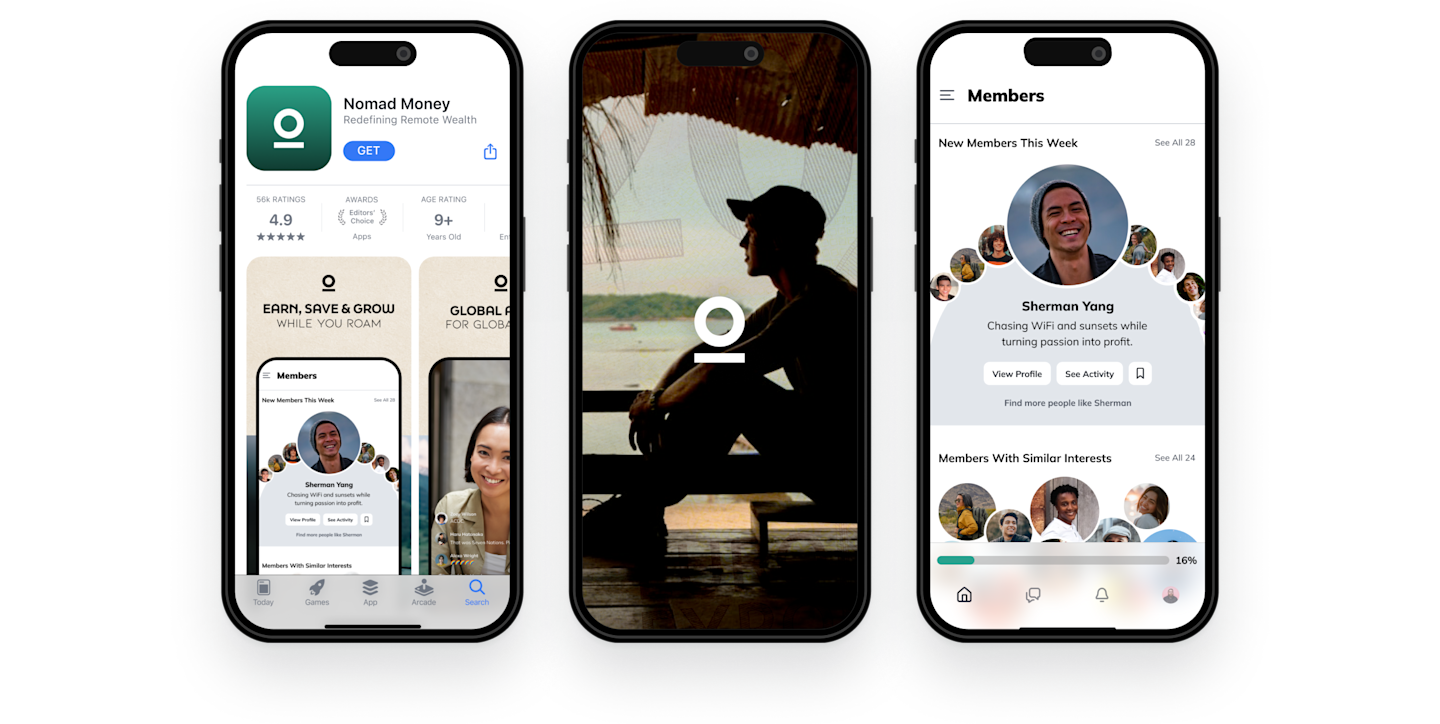
While starting a paid community around one of your passions such as music producing, fine woodworking, or mountain biking can be fun, it's a lot harder to monetize.
Mostly, because with paid communities there is a clear "money in, money out" equation for your members.
It's much easier to justify paying $100 per month for a professional development community that might help us develop skills we can use to earn promotions or land clients. And much harder to justify $100 per month to learn how to cook, even if that is your passion.
For paid communities that don't serve a clear money in, money out equation, you have to charge less. And that means, you need 10X the traffic and 10X the customers to hit $100,000 per month and beyond.
It's achievable. But a harder path.
There are exceptions to the rule but if you want the straightest path to success, it's hard to miss by delivering tangible wealth, health, or relationship results.
4. Always offer a transition
While you can start with one of the eternal markets—let's say health—you do need a unique angle to attract members. This is where the Transition technique helps.
Focusing on a transition, or the process or period of people changing from one state to another is the single easiest way to find people motivated to join and contribute to your community.
Let's say you want to stick to one of the eternal markets like health and wellness.
You could decide to create a community that teaches ab workouts. But you'll be competing in a giant sea of ab workout tips.
Adding a Transition makes this idea go from generic to specific and valuable.
The fitness entrepreneur Nancy Anderson, for example, fits into the health market. But her best-selling membership is an ab workout community for postpartum women to regain their strength, core health, and confidence.
Adding the transition (women navigating the before and after of pregnancy for the first time) is the difference between a fledgling membership and a multi-million dollar brand.
Starting with a transition to define your Ideal Member, you can more clearly see who your community will bring together, and how they are the people who need your community the most right now.
We teach more about this Transition Technique and how to build a strategy that attracts your Ideal Member in our Community Design™ Live course and paid community.
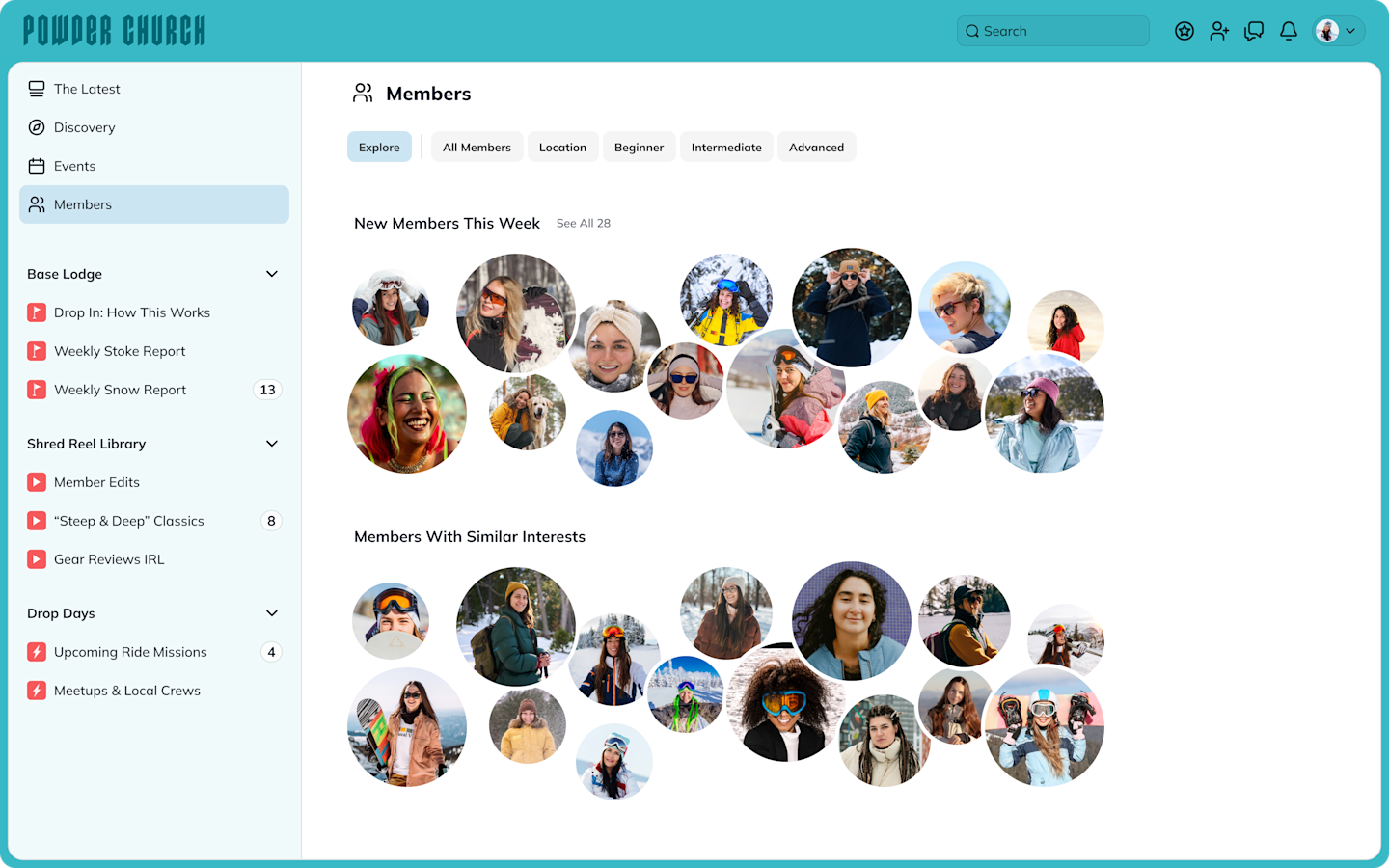
5. Aim for 80% member contribution
Successful communities are not about the Host. The Host creates structure. The Host sets the tone. But the Host is there to encourage people to take ownership of the community.
You don't want members to fall into patterns of content consumption. Or for them to arrive asking 'how will you enlighten or entertain me today?"
This is not an attempt to offload work on members. But the knowledge that if people participate, they're more likely to get a result.
We analyzed 10 communities making +$100,000 per month and found that they all had an average 80% member contribution rate.
This means that 80% of all content (posts, comments, questions, videos, etc) in the community was user-generated, aka created by members, not Hosts.
Breaking the mindset that creating more content will bring you more success is a hard muscle to forget.
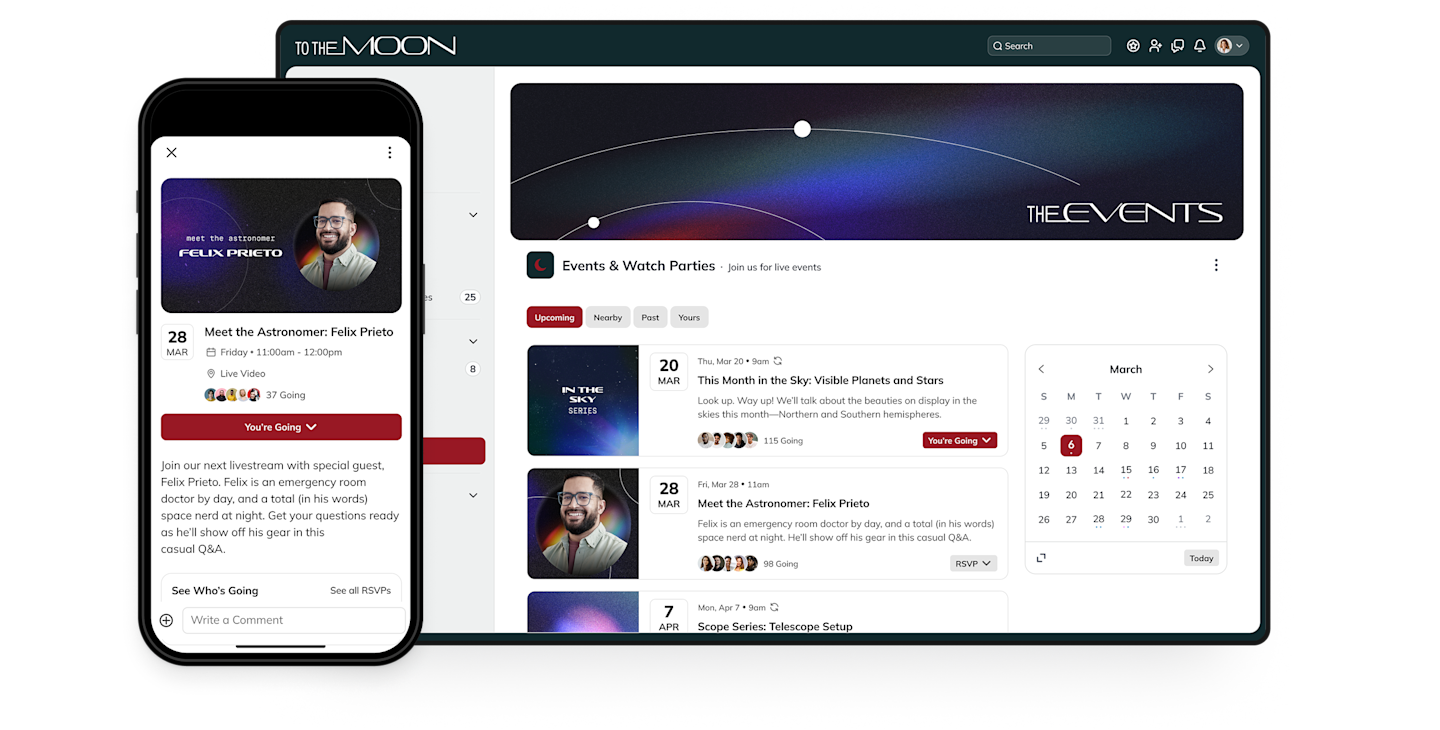
Social media platforms have trained creators to publish at least five to seven times every day. We also analyzed over 10,000 communities hosted on Mighty Networks and found that the average Host was generating $1,000 per month by posting just two to three times per week.
To build a truly remarkable community, you need to shift away from thinking about content and towards answering a set of questions.
How can I make this community less about my advice?
What structure and community experiences can I create to help members contribute more and teach each other?
How can I help members get insights in this community that they couldn't find in Google or from any social media content?
6. Aim for Level 2 of content marketing
Online communities are unique businesses in the sense that they naturally have a lot of virality built right in. It makes sense, for example, that if you are a successful business owner and you join a fantastic paid community filled with other smart people, you'll tell your other business-minded friends and invite them in.
Every successful community benefits from viral growth and advocates. But top-earners also focus on attracting new members with content marketing.
You don't need a giant social following. We have experts with only a few thousand followers that have built profitable paid communities. And they're earning far more than creators with millions of followers trying to sell merch and score brand deals.
Most successful founders hit around Level 2 of content marketing. We've borrowed these levels from Alex Hormozi.
Level 1: You create a piece of content. And you post it. While this seems obvious, it's often stunning how long it can take larger organizations to just do this.
Level 2: You create and post content consistently. For example, every Tuesday, you post a new YouTube video. Even 10 billion dollar companies with dedicated social teams struggle to get to Level 2. They might post a few videos in a row. Or ramp things up for a campaign or event. But actually getting content out the door every week is harder than it looks, especially in large organizations with complex approval layers. So this level is that you have a content calendar for when you post and you stick to it. Alex Hormozi recommends that busy entrepreneurs block time every week. For example, one day a week to commit to writing and publishing a Twitter thread to promote your paid community.
Level 3: You post consistently. And you post your content on all platforms. So this means, you have a system where you are taking a piece of content and adapting it for each platform. Now, every week there is a video going on YouTube, a LinkedIn post based on the video, an Instagram Reel adaptation, a TikTok clip, and Twitter Thread on the same topic. If you can reach Level 3, you are joining an elite rank of creators as even Fortune 100 brands fail to reach this level. You'll see a dramatic change in your paid community revenue as more and more people discover you.
Level 4: This level, says Alex Hormozi, is when you go from posting consistently on every platform to maximizing how much content every platform can take, without burning out your audience. This means you might be publishing multiple TikTok videos per day, posting 3-4 YouTube videos per week with different formats, and publishing 5-7 times to LinkedIn, loading up your Instagram Stories to the brim, and scheduling a Tweet to go out every six hours. Few people get here.
Level 5: Here is where you go from just creating to capturing content from social media. Here, you're bringing back audience responses, running live shows and cutting up content. This is where you are innovating, reusing to the max, and bringing the audience into your content creation.
The good news is you can hit $100,000 with mastery of one channel and the consistency of Level 2, posting one tentpole piece of content once per week.
One creator on our platform does well with LinkedIn, using their events to drive new paid members. Another goes live on YouTube every Tuesday to bring new people in. Another runs a small, yet influential YouTube channel in their niche and uploads a few videos per week. Another publishes Instagram Reels every 24 hours.
Other Hosts prefer podcasts, especially as if you have your own mobile community app you can easily promote your membership at the end of an episode and people can go to the app stores and download it or join directly from your show notes.
Getting one social media platform working well, and then expanding with content on the next seems to be the standard path that sets the high earners apart.
Adding more platforms and progressing to Level 3 is what will turn your profitable paid community into the start of a global brand. You can then expand far beyond digital subscriptions and into high-ticket businesses, masterminds, in-person conferences, software products, or a possible private acquisition by a brand trying to reach your niche.
Final thoughts
To wrap things up, most of the secrets above fall into a few key actions that you need to take to build a valuable membership:
Focus on getting high-value members. The more specific the people in your membership, the more you can charge. This is why paid communities versus free communities tend to work better as right out of the gate, you're creating a gate that only attracts high-quality members who arrive with purpose and the desire to contribute to your community. Setting an entry requirement (such as everyone needs to be director and above in your career development community) is a simple way to make your community instantly more valuable as the people inside will be more motivated to contribute and teach each other new things.
Focus on helping members contribute. Once you have high-value members, you need to create a structure to encourage them to engage and share their valuable experiences with each other. For example, in the Tiger 21 community, members are expected to do "portfolio defenses" where they share what they invest in and why they made choices in their investment portfolio. This is incredibly valuable for other high-net-worth individuals to see and learn from their peers. And it is knowledge that you would never find on YouTube or Instagram. But also knowledge that wouldn't have happened without the Host of the community creating that structure.
Focus on delivering a premium experience. It makes sense that high-value members don't tolerate amateur stuff. Simple details matter. How hard is it to purchase and access your paid community? Can they access your community from their phone, join a group coaching call or contribute to a member chat on a walk or commute? Does your branding and UX make members excited? Or does it feel clunky and old-school?
Focus on reaching Level 2 of content marketing. As your community grows, the more members you'll get from members referring new ones. In addition to organic growth, figure out a few key content formats and one social channel to help more people discover your paid community. Commit to a weekly output and remember you can do a lot by mastering one channel to start.
Ready to start?
Let's talk about your paid community and give you a tour of Mighty Networks and our premium-level plan Mighty Pro.
We'll share success stories from other entrepreneurs and brands we've helped. And we'll demonstrate what's possible when you create paid communities in mobile apps you own and control.
Learn more about Mighty Pro and we'll show you how Mighty Pro can help.
Ready to start building your community?
Start a free 14-day trial to explore Mighty—no credit card required.
More like this
Join Mighty Community
Learn the principles of Community Design™ (and see them in action) alongside thousands of creators and entrepreneurs. It's free to join!

Online Courses
Creating a Course
Teaching a Course
Course Platforms
Selling a Course
Communities & Memberships
Community Platforms
Managing a Community
Building a Community
Growing a Community
Monetizing a Community
Content Creation
Creators & Entrepreneurs
Monetization
Content Creation
Starting a Business
Website Builders
Creating & Managing a Website
Events
Event Platforms
Hosting & Marketing Events
Branded Apps
Creating a Mobile App
Coaching Apps
Community Apps
Coaching
Mastermind Groups
Starting a Coaching Business
Coaching Platforms
Filter by Category
Online Courses
Communities & Memberships
Creators & Entrepreneurs
Events
Branded Apps
Coaching
Build a $1 Million Community
This free masterclass went viral—sign up to learn why.







